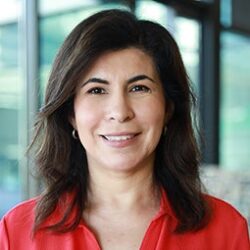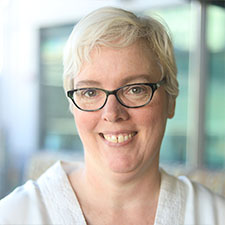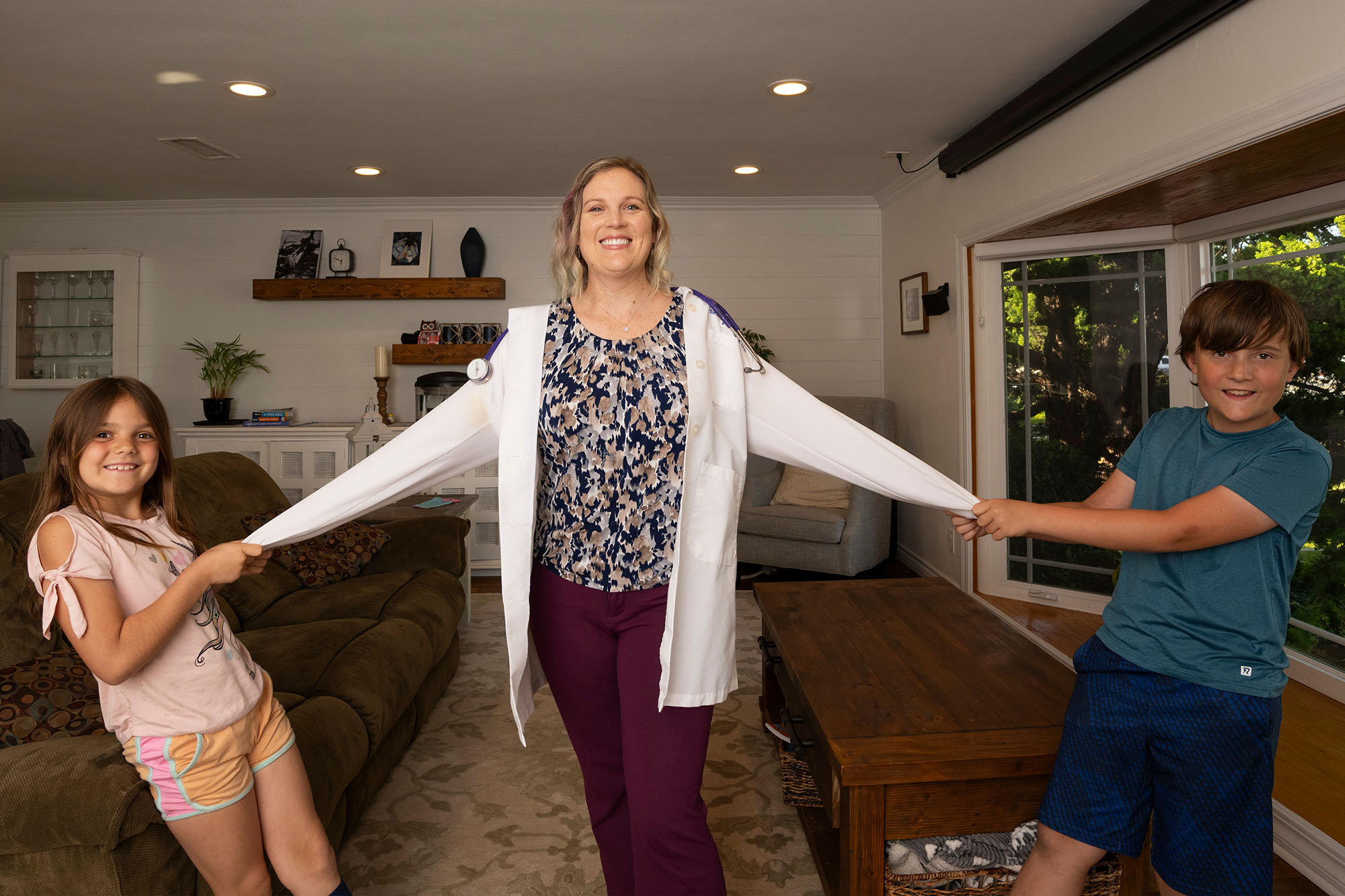
With today’s youth mental health crisis, it is increasingly difficult to offer children and adolescents the care they need. In California, more than 284,000 youth deal with major depression, but two-thirds of them don’t receive treatment. Led by Josh Golomb, Hazel Health delivers virtual health care in school settings so students can stay healthy, learn, and reach their full potential.
By recruiting linguistically and culturally diverse providers, the company lowers barriers to care for students of all backgrounds. In 2023, Hazel Health partnered with the Los Angeles County Office of Education, LA Care Health Plan, Health Net, and the LA Department of Mental Health. As a result, the company offers mental health services to 1.3 million K-12 public school students.
The California Health Care Foundation seeks to work as a strategic investor on health care innovations with new social entrepreneurs and co-investors. In 2021, the foundation invested $1.4 million in Hazel Health.
Learn more about this work on our podcast, Making Waves in Health Tech. Alongside my co-host Janet Boachie, we feature innovator-partners of CHCF who have made health care more accessible, especially for the Californians who face the greatest obstacles to getting the care they need. Here is an excerpt of our interview with Golomb:
Hilda Martinez: Tell us about Hazel Health.
Josh Golomb: We partner with schools to provide access to physical and mental health care for K–12 students. That means whether a student has a sore throat or allergies or is feeling anxious or depressed, they can go to the school health office and get virtual access to a trained health care professional.
We’re working across 14 states. We’re in about 3,000 schools and 160 school districts. That represents about 4 million kids.
Janet Boachie: Why did you start working in schools?
Golomb: When my oldest child was 18 months old, my wife and I learned that he was deaf. It was so hard to access all the services he needed — and I work in health care, we have good insurance, and I speak English as a native language. Many of the parents and families we met along that journey did not have those same privileges. Some immigrant families did not know how to navigate the system or did not have insurance or Medicaid.
The big vision for us was: What would it be like if we could give kids and their parents a great experience while they’re school age? Could we solve something as simple as pink eye, while also bringing them into the health care system? Schools are a place of trust, and we realized they can be key to closing the health care gap.
Martinez: How do you bring health care into schools?
Golomb: In California, there are a lot of families who are undocumented. There is also a lot of the fear of the health care system. So, we had to learn to build trust with families. As a virtual company, we had to make it feel that we were part of the community. We would attend school events. Families would see us and get to know us. Over time, they viewed the technology as the way to get connected to a health care provider.
Boachie: How do you deal with apprehension about behavioral health services?
Golomb: When a referral comes in from a school, the first thing we do is reach out to a parent or guardian to say, “Someone from the school identified a program that could help your child.” We explain the benefits and process and answer their questions. When we reach out to a family with a therapist who is culturally competent — who can speak to them in their native language — the engagement is terrific.
Martinez: Most students in LA County are Latino/x. How have you met the needs of such a large and diverse student population?
Golomb: More than half of our 200 physicians identify as people of color, and more than 40% speak a second language. Most speak Spanish, but there are more than 15 languages in our provider network.
In California, students on Medi-Cal are typically assigned a primary care physician, but almost half of the families we spoke with said they did not have one. That means we aren’t just serving immediate needs. We are also helping students and families access a local community-based health care provider.
Boachie: What advice do you have for other health tech entrepreneurs who are starting out?
Golomb: There are two truths you must balance. One is staying true to your mission. The other is having a product-market fit model that will work. You have to do those two things together.
Martinez: What excites you most about your work?
Golomb: My mom’s family immigrated to California from Mexico in the early 1940s. They were undocumented. They didn’t speak the language. My grandfather passed away from a heart attack when he was two years younger than I am now, partly from lack of health care access. That left my grandmother to raise nine kids in a two-bedroom apartment in the San Fernando Valley on her own. I saw so many of the people I loved and cared about impacted by adverse childhood events, whether it was issues around addiction or abuse.
For me, the guiding question has always been: Is there a way that I can give back that would make my abuela [grandmother] really proud?
Listen to the full conversation here, and catch future episodes by following Making Waves in Health Tech on Spotify, Apple, Amazon, or wherever you get podcasts.
Authors & Contributors





